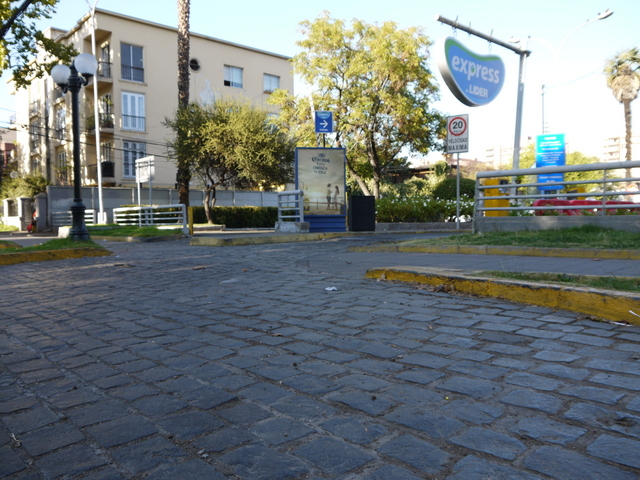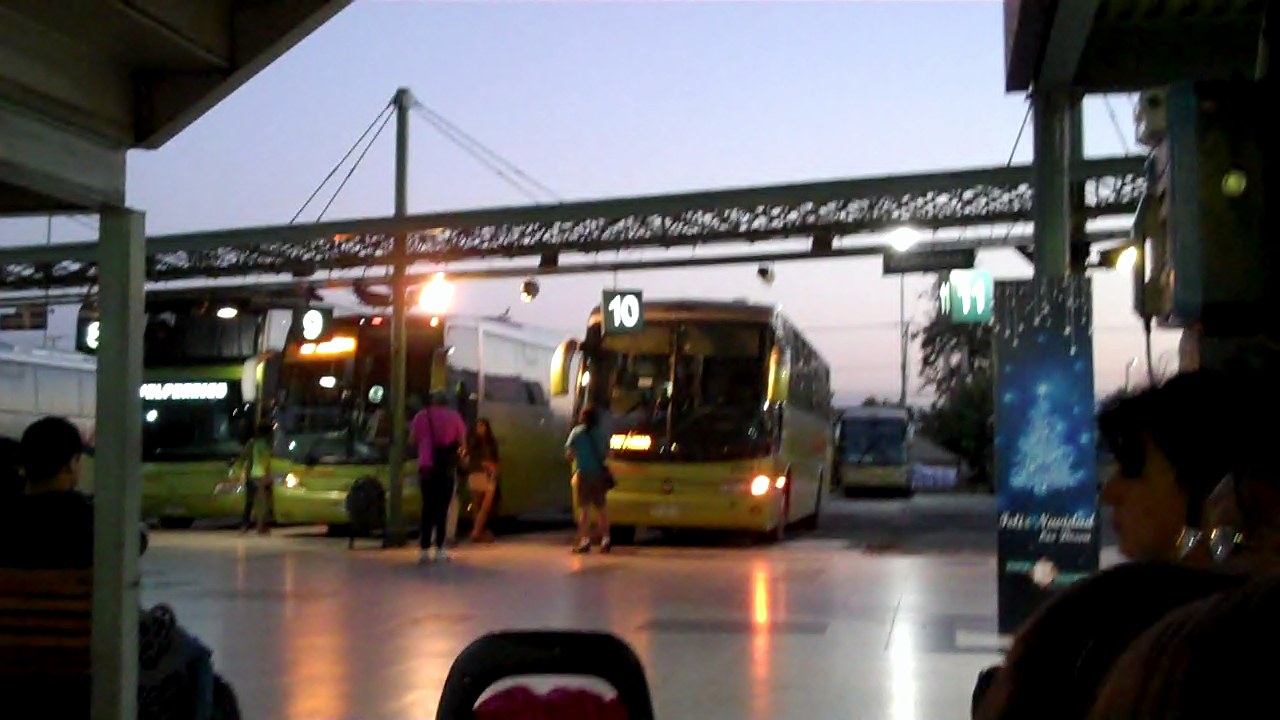Mary is a fellow Gringa who’s been in Chile with her family for about a year longer than us. She’s been volunteering at an orphanage for 4 hours a week for about a year, and she invited me to join her. I’ve been five or six times now – helping out by playing with the 1-3 year old kids for a couple of hours at a time.
Mary, Susan, and I were on the playground with the kids one afternoon. Mary got a big smile on her face and said, “I just love to hear the kids talking to each other!”
Susan: “Yeah. They used to not do that.”
Me: “Really? Why not?”
Susan: “None of the kids talked at all.”
I just looked puzzled.
Susan: “That’s right. Things have changed here so much since we first came.”
Me: “Why? What happened?”
Susan: “It’s was Mary. She’s the difference.”
Susan and Mary then began to describe what things were like pre-Mary. None of the kids talked or interacted very much with the adult workers or with each other. She said that the kids were so bored they would just sit and rock. Sometimes they would sit and rock and knock their heads against the wall.
Mary played with the kids, hugged them, kissed them, swung them around, talked to them. It wasn’t long before the kids started babbling, trying to talk to her. Then she brought some picture books and would point and name things. When she realized some of the kids didn’t know what “perro” (dog) was, she started collecting magazines and cutting out and laminating pictures. She pasted them around the play room in the orphanage. Some of the kids would copy her as she pointed to and named what was on the card.
Slowly the rocking and head knocking all but stopped. Now, all but the youngest speak at least a bit.
Now, it might sound like the paid workers are cold and uncaring, not interacting with the kids. That’s not the case at all. The truth is, even though they may have (this is a guess) one worker for every 5 kids, many of the kids are still young enough to need to be spoon-fed. They all need help with their daily bath, bathrooming, dressing, and teeth brushing. It’s like being a stay-at-home mom to 5 very young children all at one time.
Your energy gets drained, and while you may have brief connecting moments with Johnny as he’s getting his bath, you’re thinking about how very tired you know little Suzy is who is crying, waiting to get her bath so she can take her nap! There is just not enough time/energy to go around.
I love that one person cared, wanted to make a difference and did. These kids will either be adopted or moved to another orphanage by age 5. (So far, Mary has not seen any child “graduate” to the orphanage for older kids; rather, they have been adopted before they have a chance to move on.) It’s highly unlikely that these kids will remember Mary. But she labors anyway, and she’s making a difference.








Recent Comments